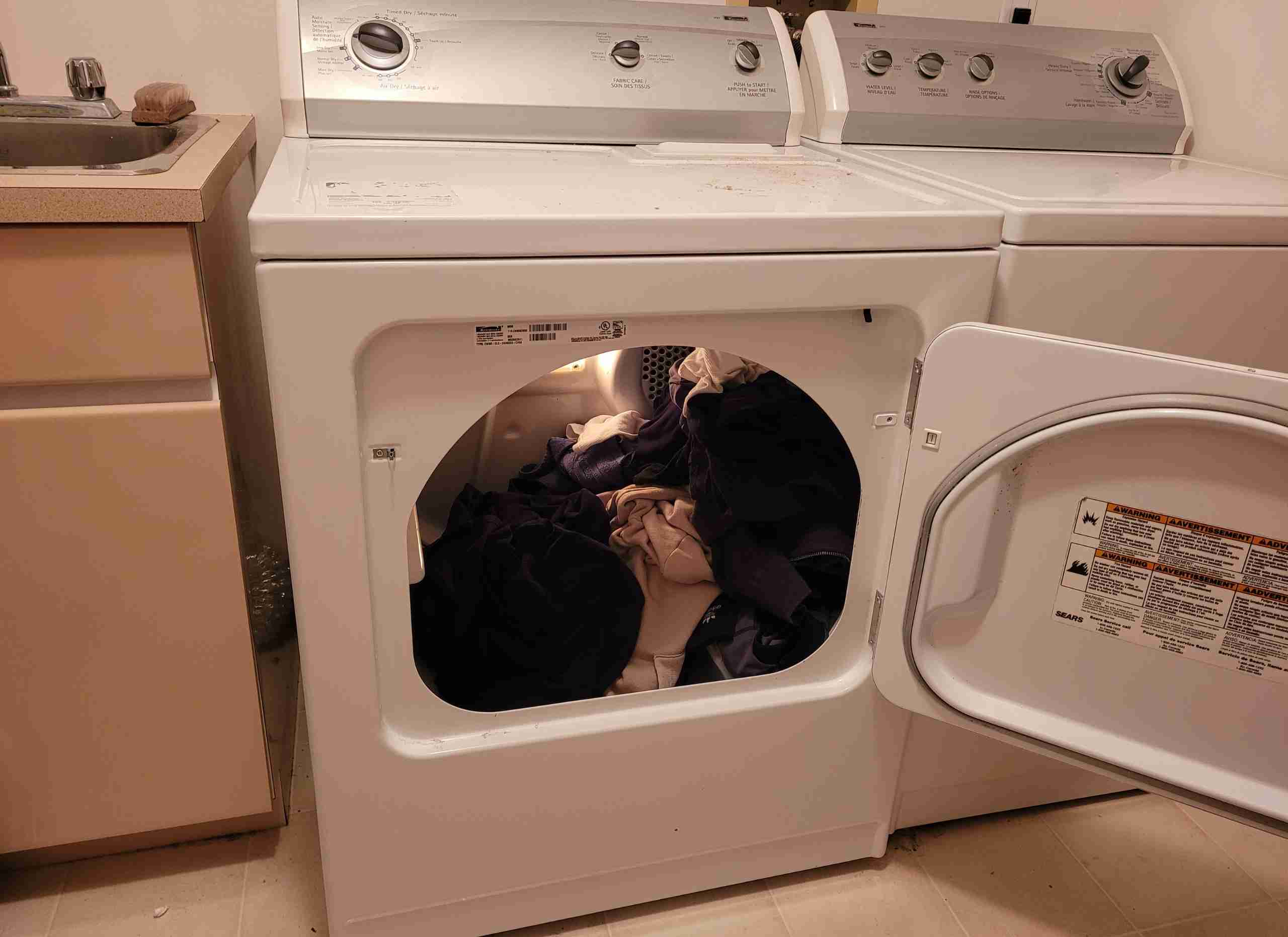

Articles
How Hot Does A Dryer Get
Modified: February 26, 2024
Discover how hot dryers can get and learn about the different factors that affect their temperature. Read our informative articles on dryer heat levels and safety precautions.
(Many of the links in this article redirect to a specific reviewed product. Your purchase of these products through affiliate links helps to generate commission for Storables.com, at no extra cost. Learn more)
Introduction
A dryer is an essential appliance found in most households that helps to quickly and efficiently dry clothes after they have been washed. It provides convenience and saves time compared to air drying, especially in regions with limited sunlight or during cold and rainy seasons. But have you ever wondered how hot a dryer actually gets?
In this article, we will dive into the basics of a dryer, explore its heating mechanism, discuss the maximum temperature range it can reach, and highlight the factors that can affect the temperature. We will also provide some safety precautions to keep in mind while operating a dryer.
So, let’s get started and uncover the fascinating world of dryer temperature!
Key Takeaways:
- Dryers can reach temperatures between 120°F to 180°F, influenced by factors like load size, fabric type, and ventilation. Understanding these factors ensures safe and efficient drying.
- Safety precautions, such as proper ventilation, regular cleaning, and monitoring the drying process, are crucial for preventing fire hazards and maintaining the longevity of your dryer.
Read more: How Hot Does A Dryer Vent Get
Basics of a Dryer
A dryer is a household appliance specifically designed to remove moisture from clothes, towels, and other fabrics. It consists of a large drum or cylinder, typically made of stainless steel, where the clothes are placed for drying. The most common type of dryer is the electric dryer, which uses electricity to power its heating mechanism.
When the drying cycle begins, the drum of the dryer rotates, allowing hot air to circulate around the clothes. This helps to speed up the drying process by increasing the contact between the hot air and the wet fabric. The moisture in the clothes evaporates, and the hot air carries it away from the drum.
In addition to the drying drum, a dryer also contains various controls and settings that allow users to adjust the drying time, temperature, and other settings according to their preferences. Modern dryers may feature additional functionalities such as sensors that detect the moisture level in the clothes and automatically adjust the drying time.
Dryers are typically found in laundry rooms, but they can also be stackable units or integrated into washing machines to save space. Some dryers have a vent that expels the hot, moist air outside the house, while others feature a ventless design that uses condensation or heat pump technology to remove moisture from the air inside the drum.
Now that we have covered the basics of a dryer, let’s move on to understanding its heating mechanism and how it affects the temperature during the drying process.
Heating Mechanism in Dryers
The heating mechanism in dryers is responsible for generating and maintaining the hot air necessary for drying clothes. Electric dryers typically use heating elements, while gas dryers rely on gas burners to generate heat.
In electric dryers, one or more coiled heating elements are located inside the dryer cabinet. When the drying cycle begins, an electric current passes through these heating elements, causing them to become hot. The heat generated by the elements is then transferred to the air inside the drum through a blower or fan.
Gas dryers, on the other hand, use a gas burner to produce heat. The burner is ignited by an electric igniter, which ignites the gas flowing from the gas supply line. As the burner operates, it produces a flame that heats the air inside the drum. The exhaust gases from the burner are safely vented outside the house.
Regardless of the heating mechanism used, the temperature inside the dryer can reach high levels. The heat generated by the heating elements or gas burner can vary depending on the settings selected by the user, such as the temperature setting and the drying time. Typically, dryers can produce air temperatures ranging from 120°F (49°C) to 180°F (82°C) during the drying process.
Now that we understand the heating mechanism in dryers and the temperature range they can reach, let’s explore the factors that can affect the dryer temperature.
Maximum Temperature Range of Dryers
Dryers are capable of reaching high temperatures due to their heating mechanisms. The maximum temperature range can vary depending on the make and model of the dryer, but typically falls between 120°F (49°C) to 180°F (82°C). It’s important to note that these temperatures refer to the air temperature inside the dryer, not the temperature of the clothes themselves.
The temperature setting selected by the user plays a key role in determining the maximum temperature reached during the drying process. Most dryers offer different temperature settings such as low, medium, and high. The low setting produces lower temperatures, while the high setting generates the highest temperature within the dryer’s maximum range.
It’s worth mentioning that certain fabrics and garments are more delicate and sensitive to high temperatures. For example, delicate fabrics like silk or wool may require lower temperatures to prevent damage. Therefore, it is important to follow the garment care labels and select the appropriate drying setting to avoid shrinkage, color fading, or fabric distortion.
In addition to the temperature setting, the drying time can also impact the overall temperature inside the dryer. Longer drying cycles may cause the temperature to rise as the heat continues to circulate in the drum. Conversely, shorter drying cycles may result in slightly lower temperatures as the drying process is completed more quickly.
Overall, the maximum temperature range of dryers provides the necessary heat to efficiently and effectively dry clothes. It is important to understand the temperature range and select the appropriate settings to ensure the safety and longevity of your clothes.
Now that we know about the maximum temperature range of dryers, let’s explore the factors that can affect the temperature inside a dryer.
Always check the manufacturer’s guidelines for your specific dryer model, but in general, dryers can reach temperatures of 135-150 degrees Fahrenheit (57-66 degrees Celsius) during a regular cycle. Avoid overloading the dryer to ensure proper air circulation and efficient drying.
Factors Affecting Dryer Temperature
Several factors can influence the temperature inside a dryer during the drying process. Understanding these factors can help you optimize the drying performance and ensure the safety of your clothes. Here are some important factors to consider:
1. Load Size: The amount of laundry placed in the dryer can impact the temperature. A larger load may require more time and heat to dry thoroughly, while a smaller load may dry more quickly and at a lower temperature.
2. Fabric Type: Different fabrics have varying heat sensitivity. Delicate fabrics like silk or wool require lower temperatures to prevent damage, while sturdy fabrics like jeans or towels can withstand higher temperatures.
3. Moisture Content: The initial moisture content of the clothes affects the drying temperature. Wetter clothes may require more heat and longer drying times to achieve optimal dryness.
4. Ventilation: Proper ventilation is crucial in maintaining the temperature inside the dryer. A clogged or restricted dryer vent can hinder airflow and result in reduced drying efficiency and lower temperatures.
5. Ambient Temperature: The temperature of the surrounding environment can affect the dryer’s performance. In colder climates, it may take longer and require higher heat settings to dry clothes effectively.
6. Dryer Maintenance: Regular cleaning and maintenance of the dryer, including removing lint from the lint trap and vents, can help maintain efficient airflow and prevent overheating. A clean dryer operates more effectively and maintains consistent temperatures.
7. Dryer Age and Efficiency: Older dryers may not reach or maintain the desired temperature as efficiently as newer models. Energy-efficient dryers are designed to optimize performance and heat distribution, resulting in consistent temperatures throughout the drying process.
It is important to consider these factors and adjust the drying settings accordingly to ensure the best drying results while preserving the quality and longevity of your garments.
Now that we’ve explored the factors that affect dryer temperature, let’s move on to the safety precautions to keep in mind while operating a dryer.
Read more: How Hot Does A Hair Dryer Get
Safety Precautions in Operating a Dryer
While dryers offer convenience and efficiency in drying clothes, it’s important to follow some safety precautions to ensure the safe operation of the appliance. By adhering to these guidelines, you can prevent accidents, reduce the risk of fires, and prolong the lifespan of your dryer:
1. Proper Ventilation: Ensure that your dryer is properly vented to allow for the escape of hot air and moisture. A clogged or restricted dryer vent can lead to overheating and increased fire hazards. Regularly clean the lint trap, vent hose, and exterior vent to maintain proper airflow.
2. Keep Combustibles Away: Keep flammable materials, such as cleaning agents, gasoline, or paint thinners, away from the dryer. These substances can pose a fire hazard if they come into contact with the dryer’s heat source.
3. Do Not Overload: Avoid overloading the dryer with too many clothes or bulky items. Overloading can hinder proper airflow, resulting in inefficient drying and potential overheating.
4. Clean the Dryer Regularly: Clean the interior of the dryer drum and the lint trap after each use to remove lint and debris. Regular maintenance helps prevent blockages and reduces the risk of overheating.
5. Clear the Area Around the Dryer: Ensure there is sufficient space around the dryer for proper ventilation and to prevent the accumulation of dust and lint. Keep the area around the dryer clean and free from combustible materials.
6. Monitor the Drying Process: Never leave the dryer unattended while it is in operation. Keep an eye on the drying process to detect any unusual odors, sounds, or excessive heat. If you notice anything out of the ordinary, stop the dryer and inspect it before resuming.
7. Follow Manufacturer’s Instructions: Read and follow the manufacturer’s instructions and guidelines for your specific dryer model. This includes information on the appropriate temperature settings, drying times, and any maintenance or cleaning recommendations.
8. Install Smoke Detectors: Install working smoke detectors near the laundry area and regularly test them to ensure they are functioning properly. In the event of a fire, early detection is crucial for quick evacuation and minimizing damage.
By following these safety precautions, you can enjoy the benefits of a dryer without compromising on safety. Remember, prevention is key when it comes to dryer safety.
Now that we have covered the safety precautions, let’s conclude our exploration of dryer temperature.
Conclusion
Understanding the temperature range and factors that affect a dryer’s performance is essential for efficient and safe operation. Dryers provide a convenient and effective way to dry clothes, but it’s important to use them responsibly to avoid accidents, maintain fabric quality, and extend the lifespan of the appliance.
We have learned that dryers can reach temperatures ranging from 120°F to 180°F during the drying process. The temperature setting selected by the user, load size, fabric type, moisture content, ventilation, ambient temperature, dryer maintenance, and the age and efficiency of the dryer can all influence the temperature inside the appliance.
It is crucial to follow safety precautions when operating a dryer to minimize the risk of fire hazards and ensure the well-being of your home and family. Proper ventilation, avoiding overloading, cleaning the dryer regularly, keeping combustible materials away, and monitoring the drying process are some key safety measures to remember.
By being aware of these factors and taking the necessary precautions, you can enjoy the convenience and benefits of a dryer while maintaining safety and efficiency.
Remember to consult the manufacturer’s instructions for your specific dryer model and use it according to their guidelines. Regular maintenance and cleaning will help to keep the appliance running smoothly and extend its lifespan.
So, the next time you use your dryer, you’ll have a better understanding of how it works, how hot it gets, and what precautions to keep in mind for a safe and efficient drying experience.
Now go ahead and make the most of your dryer while enjoying dry, fresh clothes in no time!
Frequently Asked Questions about How Hot Does A Dryer Get
Was this page helpful?
At Storables.com, we guarantee accurate and reliable information. Our content, validated by Expert Board Contributors, is crafted following stringent Editorial Policies. We're committed to providing you with well-researched, expert-backed insights for all your informational needs.
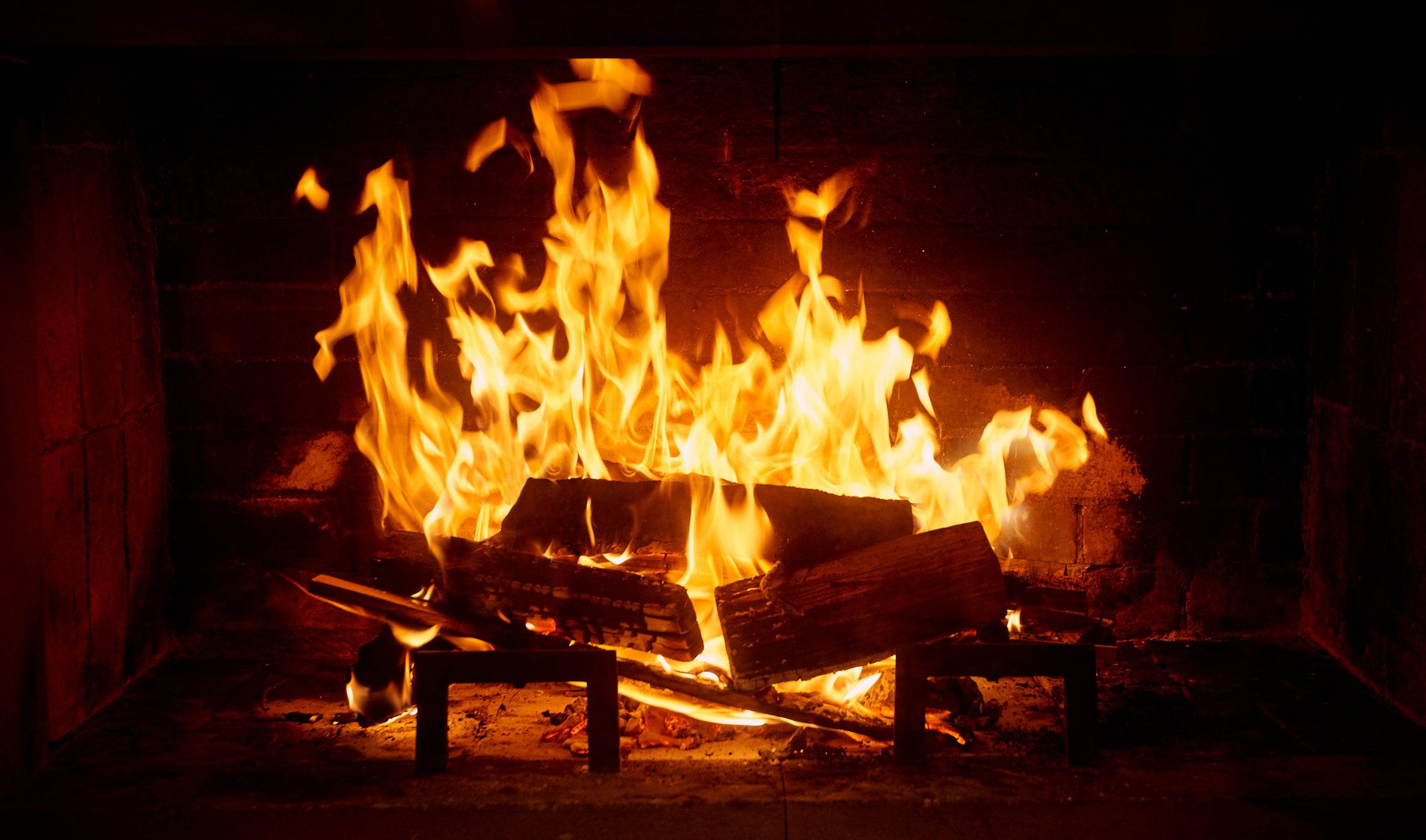
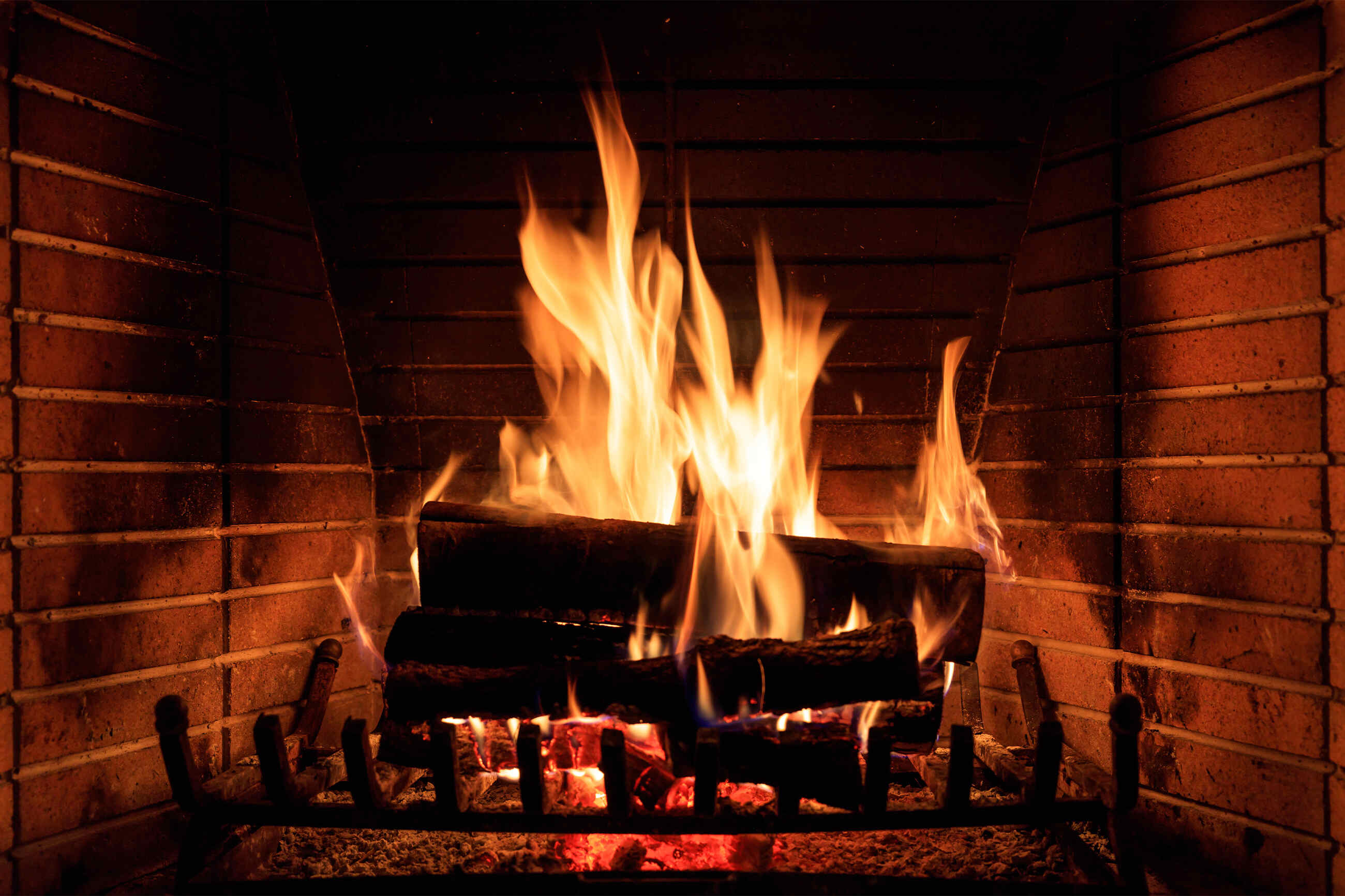
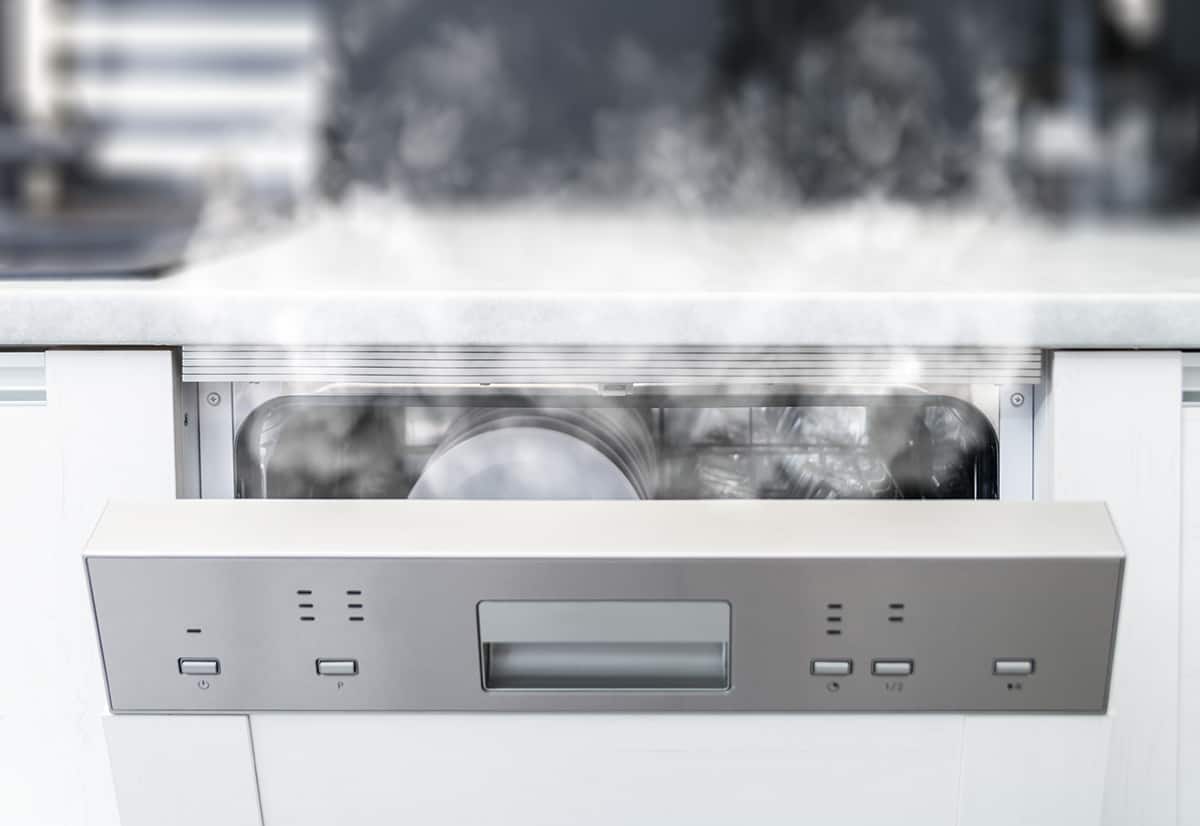
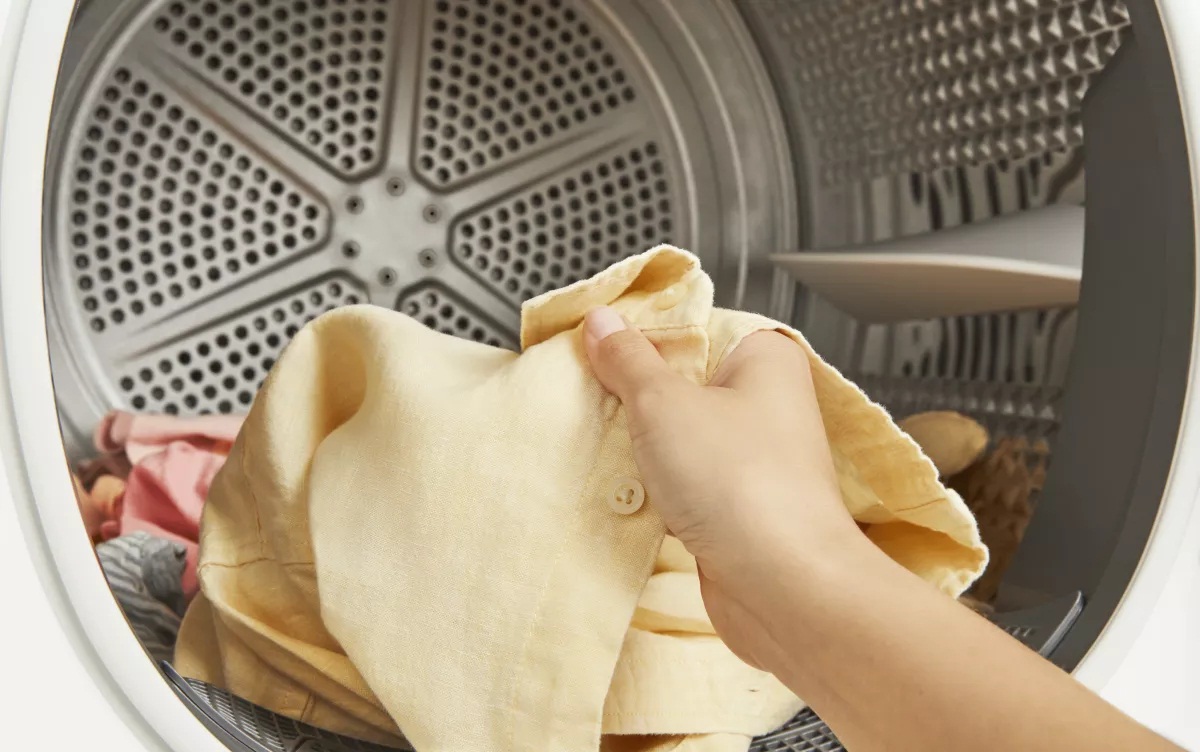
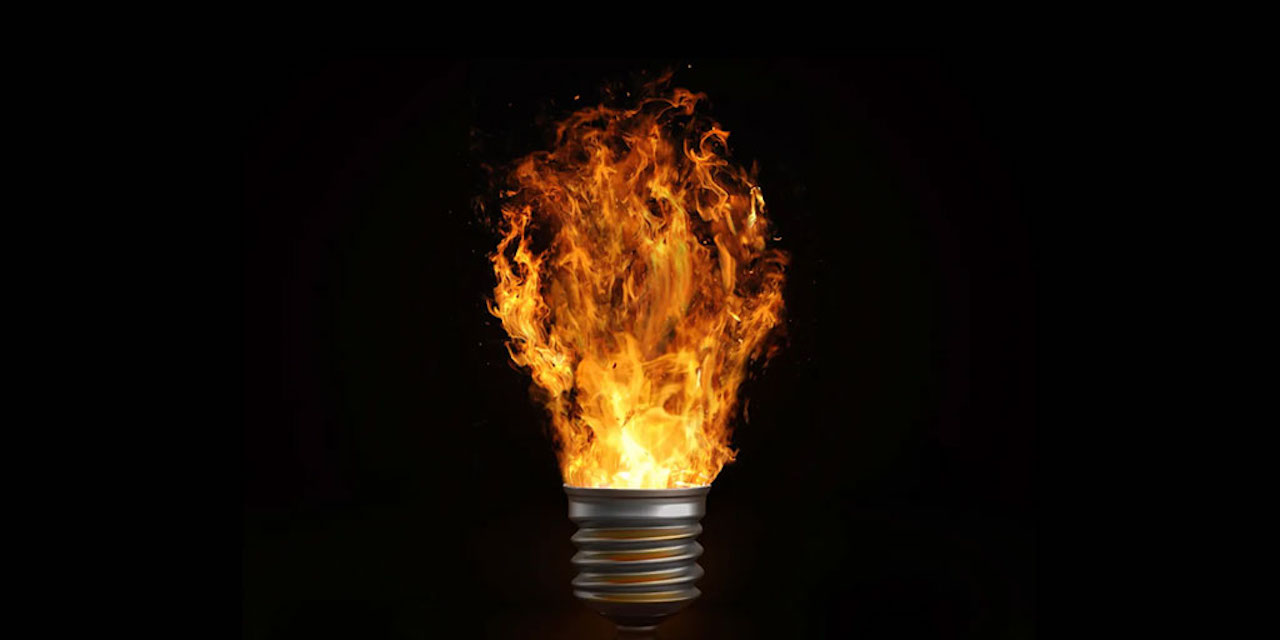
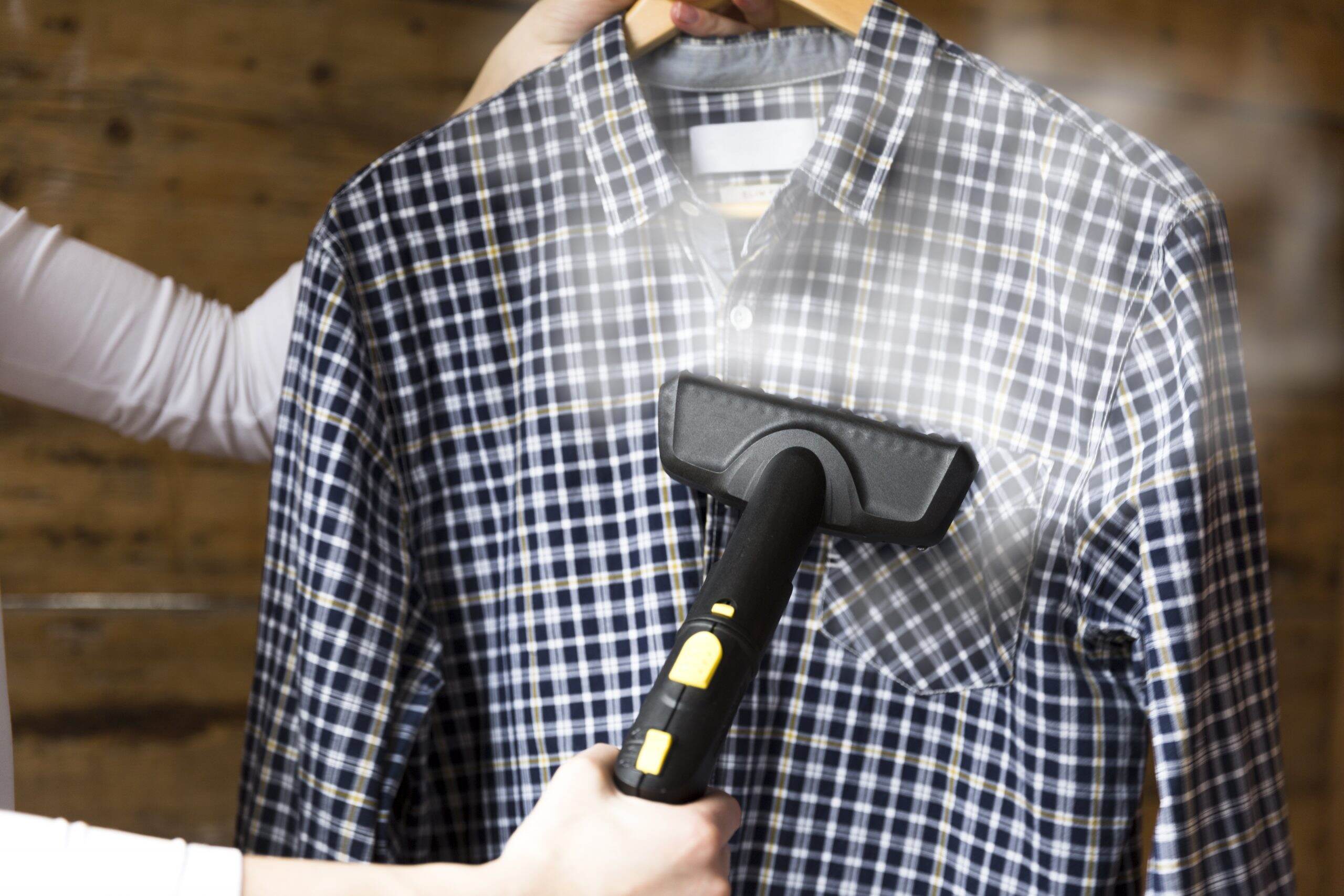

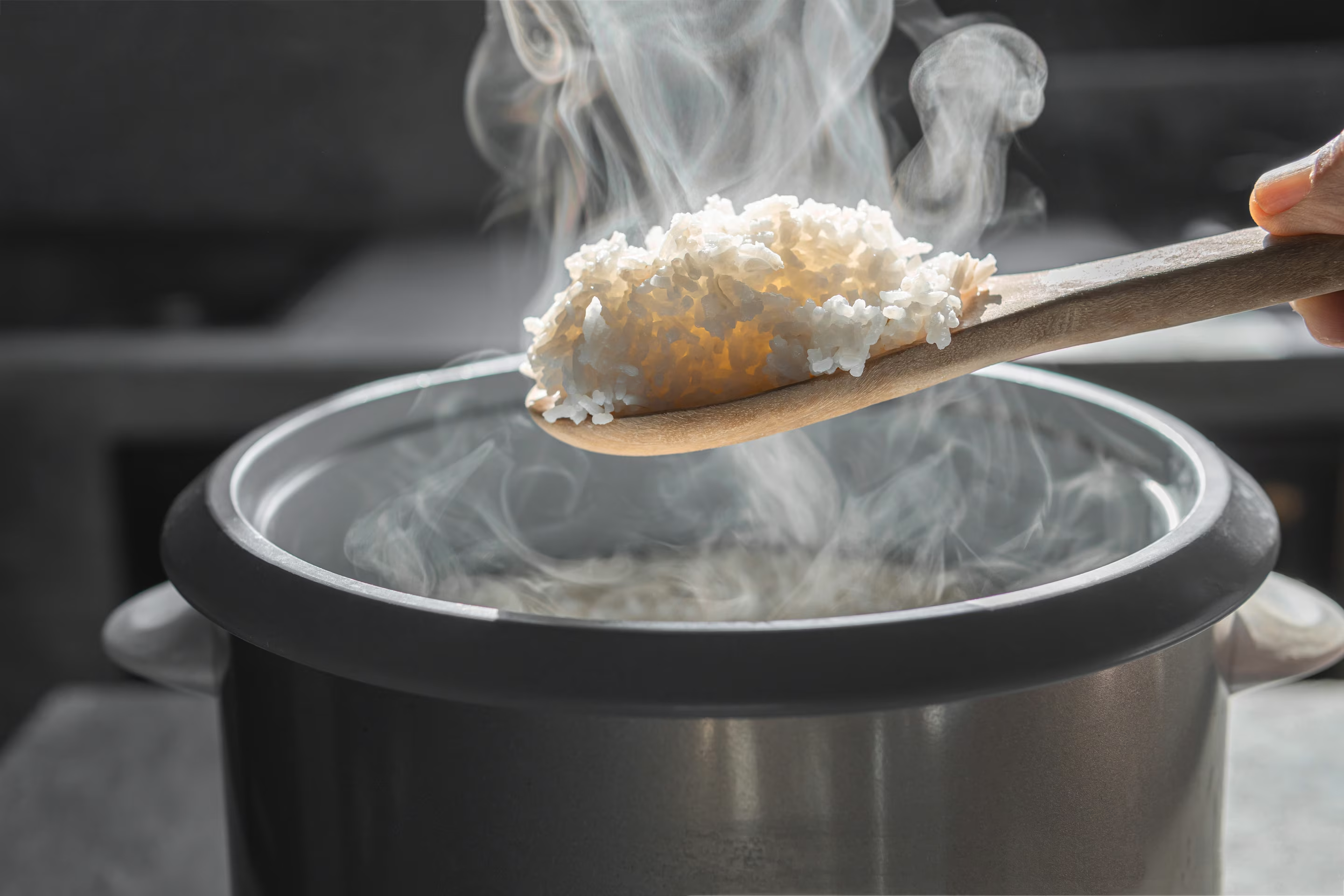
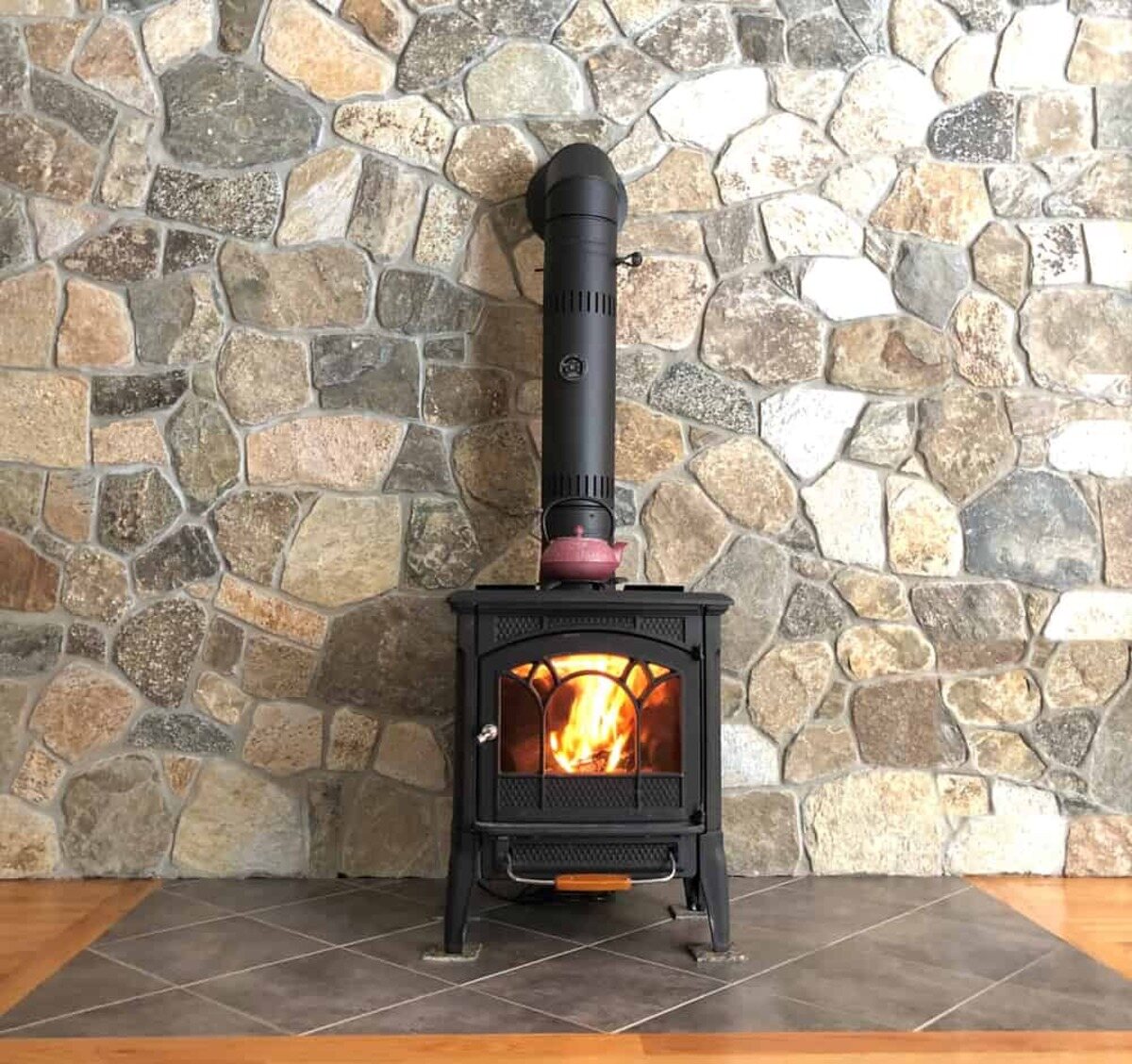


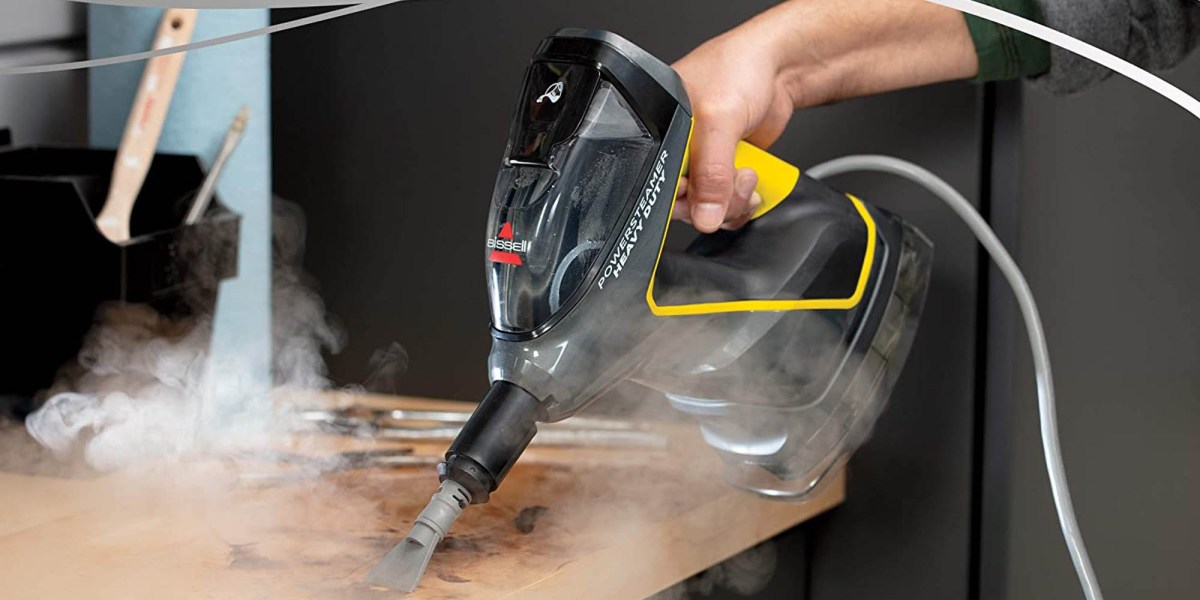
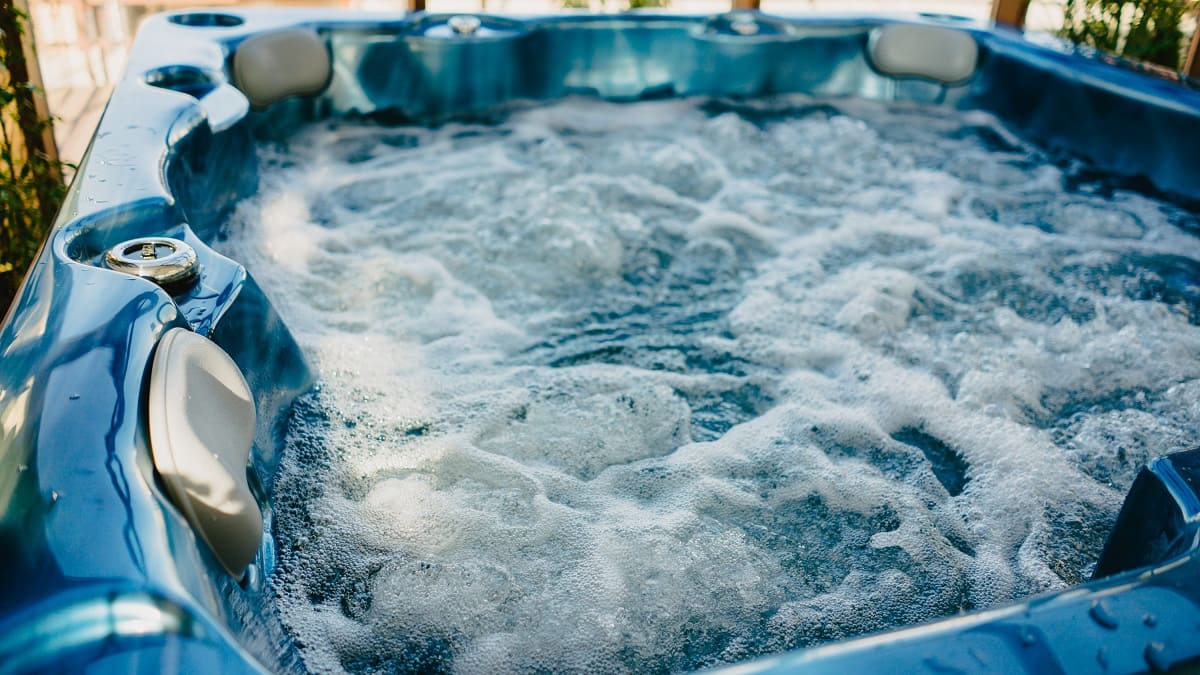
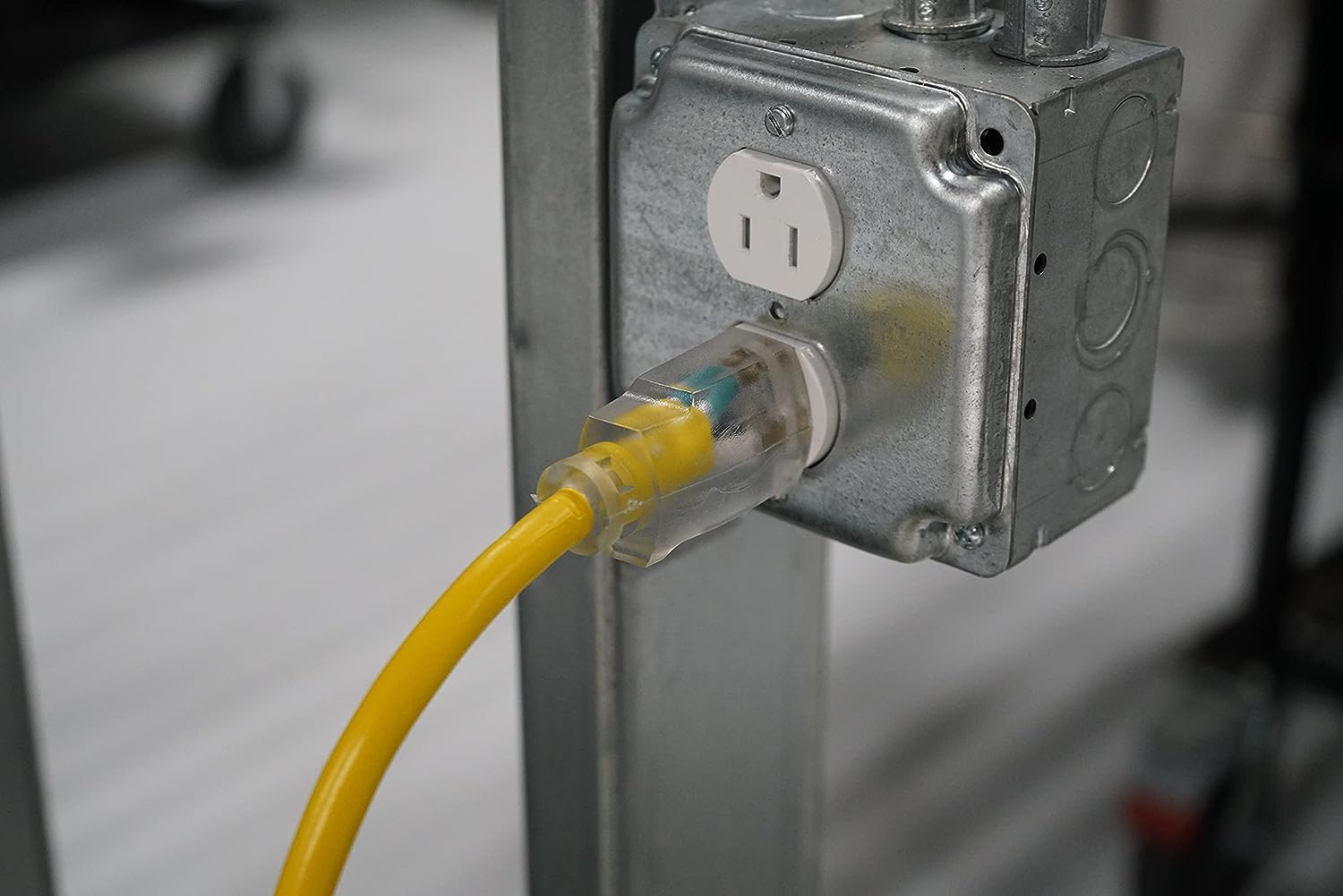

0 thoughts on “How Hot Does A Dryer Get”